Using a new deep neural network called ExoMiner, scientists have added 301 exoplanets to the Kepler mission’s already enormous total of 4,569 confirmed planets. Plus, updates on Hubble and JWST, how InSight mapped Mars’ inner structure, an ultrahot Jupiter, and rockets. Yup. Rockets.
Podcast
Show Notes
Buddy blackholes found in near galaxy
- ESO press release
- “First direct dynamical detection of a dual super-massive black hole system at sub-kpc separation,” K. T. Voggel et al., to be published in Astronomy & Astrophysics
Stars experience dangerous liaison
- CXO press release
- “Hard X-ray Emission Associated with White Dwarfs. IV. Signs of Accretion from Sub-stellar Companions,” You-Hua Chu et al., to be published in The Astrophysical Journal (preprint on arxiv.org)
Bright stars steal possibility of planets from small siblings
- NASA press release
Hubble’s spectrograph back online
JWST’s earliest launch moves to Dec. 22
- Testing Confirms Webb Telescope on Track for Targeted Dec. 22 Launch (NASA)
- NASA Provides Update on Webb Telescope Launch (NASA)
NASA’s InSight maps Mars’ interior
Ultrahot Jupiter discovered with 16-hour orbit
- MIT press release
- “TOI-2109: An Ultrahot Gas Giant on a 16 hr Orbit,” Ian Wong et al., 2021 November 23, The Astronomical Journal
Machine learning finds 301 more planets in Kepler data
- NASA JPL press release
- USRA press release
- “ExoMiner: A Highly Accurate and Explainable Deep Learning Classifier to Mine Exoplanets,” Hamed Valizadegan et al., to be published in The Astrophysical Journal (preprint on arxiv.org)
Russia launches new module to the ISS
Astra explains August launch failure
- Astra press release
Transcript
Hello and welcome to the Daily Space. I am your host Dr. Pamela Gay.
And I am your host Beth Johnson.
And we are here to put science in your brain.
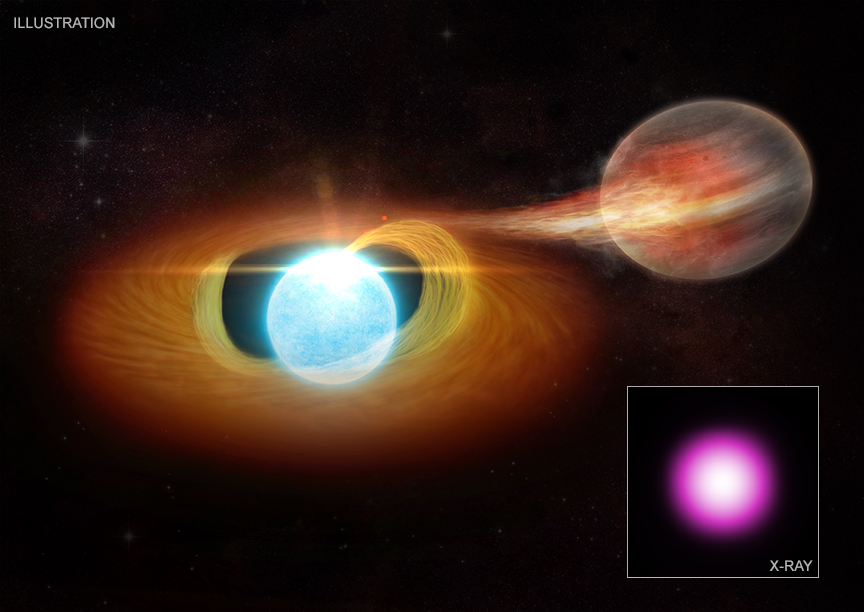
One of the recurring themes of our show and of modern astronomy is the search for merging black holes. As the story goes, massive stars make stellar-mass black holes that merge into bigger and bigger systems, and eventually, somehow, we get supermassive black holes in the centers of galaxies. Or maybe, sometimes, a massive cloud of material would just wholesale collapse to form a massive black hole all at once. We just don’t know because we are still developing the tools to see what is going on in the cores of galaxies.
And the Very Large Telescope has demonstrated that its MUSE instrument is up to the challenge. Using a combination of Hubble Space Telescope images to pinpoint the black hole locations and high-resolution spectra from MUSE, like a cop with radar, the doppler shifts of the light allowed researchers to measure the orbital velocity of stars close to each supermassive black hole.
These results appear in a paper led by K. Boggel and published in Astronomy & Astrophysics and show that, in the core of the galaxy NGC 7727, there are black holes with masses of 154 million and 6.3 million times the mass of the Sun, and they are just 1,600 light-years apart and on their way toward merger. This galaxy is just 89 million light-years away, and when they merge in however very many millions of years, the gravitational waves will distort our world in ways easily measured by gravitational wave detectors. Sadly, I don’t expect we’ll be around to observe it, but it is still a cool thing for future humanity to watch transpire.
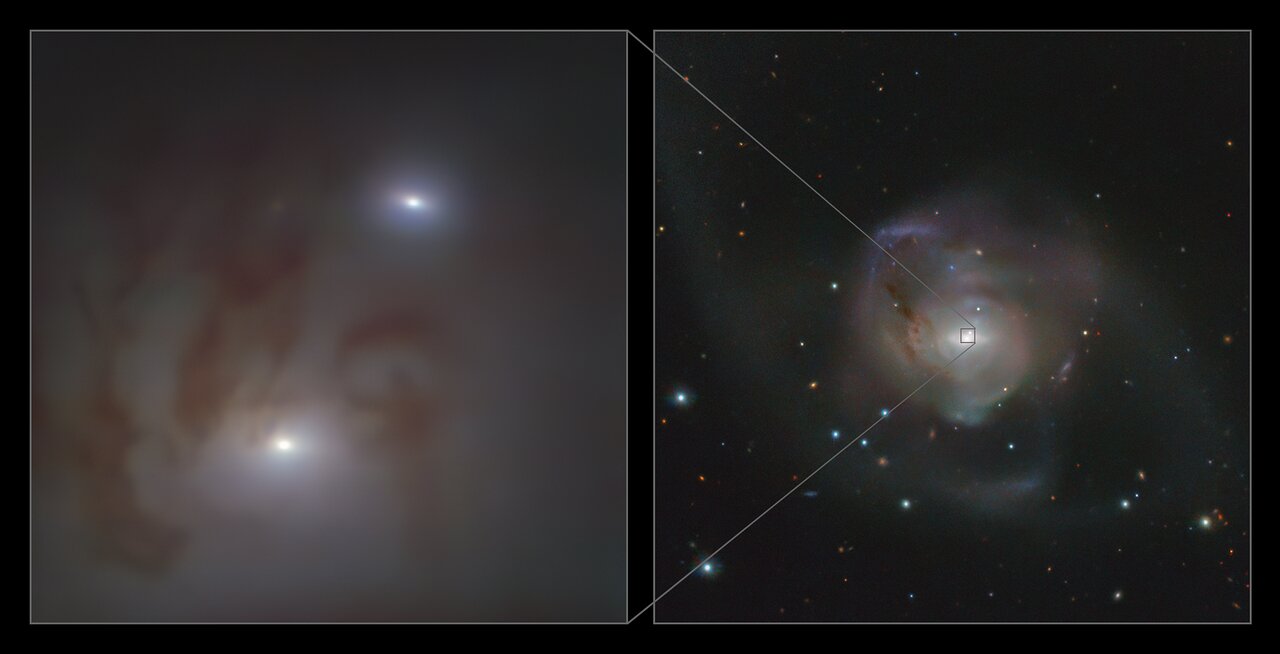
Putting together this first segment of the news, I was struck by a quote from Sondheim’s Into the Woods. It goes like this:
You are not alone // Believe me // No one is alone.
While Sondheim is no longer with us, his words are, and they remind us that even in the vastness of the universe, nothing is ever truly alone. Unfortunately, these relationships aren’t the grace one might wish for. Those two supermassive black holes? They’ll merge and blast their surrounding galaxy. Stars in binary systems? They often cannibalize each other. And even a lonely star and its planets can run into problems.
New Chandra X-Ray observations of the white dwarf KPD 0005+5106 reveal that it is flashing in X-ray light every 4.7 hours. This is consistent with this dead star having a companion that is orbiting at about twice the distance of the Moon and getting material torn off with every orbit. While it’s possible the companion is a faint star or brown dwarf, the data is more consistent with the victim in this violent system being a Jupiter-like planet.
This paints an amazing story of the dead core of a star – something the size of the Moon and the mass of a star – shining at 360,000˚F as it blasts a Jupiter-sized object two Moon-Earth distances away and tearing material off that physically larger and gravitationally smaller planet.
This work appears in The Astrophysical Journal, is led by You-Hua Chu, and is going to inspire at least one space artist to spend her weekend imagining the dangerous liaison between a world and its star.

While our solar system seems to be a fairly safe place today, this is just a fluke of when we are alive. Turn back time, and massive asteroids have hit every continent of our world, leaving evidence of mass killing events of many sizes. Turn time back even more, and you’ll reach the heavy bombardment when massive asteroids were hitting everything in our solar system so often that our surface was somewhat gooey from the excess heat. It was a bad time to be a planet, but the fact that those planets got to form actually tells us that the corner where our solar system formed was as bad as it might have been.
New research looking at the Flame Nebula using the Hubble Space Telescope has discovered that stars forming after the most massive stars and within their garish light are pressured by that light to not form planets. Literally, the pressure of that light pushes out material that might have formed planets and leaves behind stars that will lack worlds.
The moral is: don’t try and build yourself up in someone else’s light, at least not if you’re a star. It’s best to be somewhere dark where you can pull yourself together to shine without too much interference.
Hubble is such a workhorse, and it’s good to see tons of new images and science coming from the data collected. It’s also really good to read that the telescope team is continuing to bring Hubble back online from its safe mode at the end of October. On November 7, the Advanced Camera for Surveys instrument was recovered. And now, we’re happy to report that Wide Field Camera 3 was brought online on November 21 and the Cosmic Origins Spectrograph was recovered on November 28. This means that three of Hubble’s four instruments are up and running, which is awesome news.
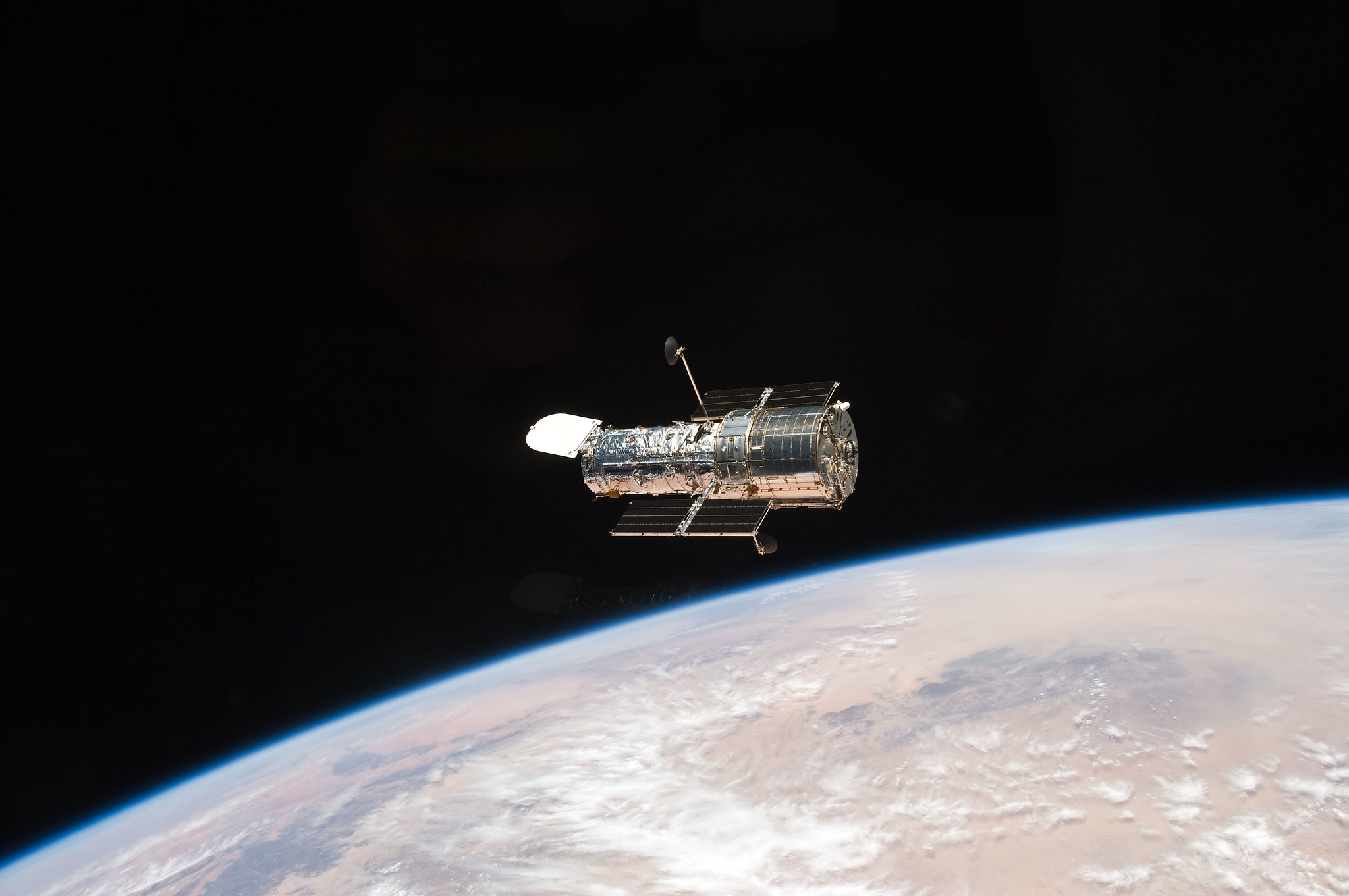
Per the latest update: The team also continued work on developing and testing changes to instrument software that would allow them to conduct science operations even if they encounter several lost synchronization messages in the future. Those changes would first be installed on the Cosmic Origins Spectrograph once they’re completed and tested within a few weeks. Hubble’s other instruments would also receive similar changes. The team has not detected further synchronization message issues since monitoring began Nov. 1.
Good luck and congratulations to the Hubble Space Telescope team on their tremendous efforts to keep the science going.
Meanwhile, over in the land of the telescope that shall not be renamed and the reason the Hubble Space Telescope team is working so hard to keep the aging craft up and running, JWST was back in the (bad) news recently. An “incident” occurred at the satellite preparation facility in French Guiana when a clamp band that is used to secure the very late and very expensive telescope to the launch vehicle adapter, well… the band had a “sudden, unplanned release”. And that release caused a vibration that went through the entire observatory.
A review board led by NASA was immediately formed to find out if anything was damaged in the incident, and engineering teams completed their testing on November 24. And in stunningly good news which we are not going to look at too closely, “no observatory components were damaged”, NASA gave their approval to begin fueling, and the launch date was moved to no earlier than December 22, a delay of a mere four days.
We remind you, as always, do not count your telescopes until they see first light. Here’s hoping we head into our holiday break with news of the actual launch.
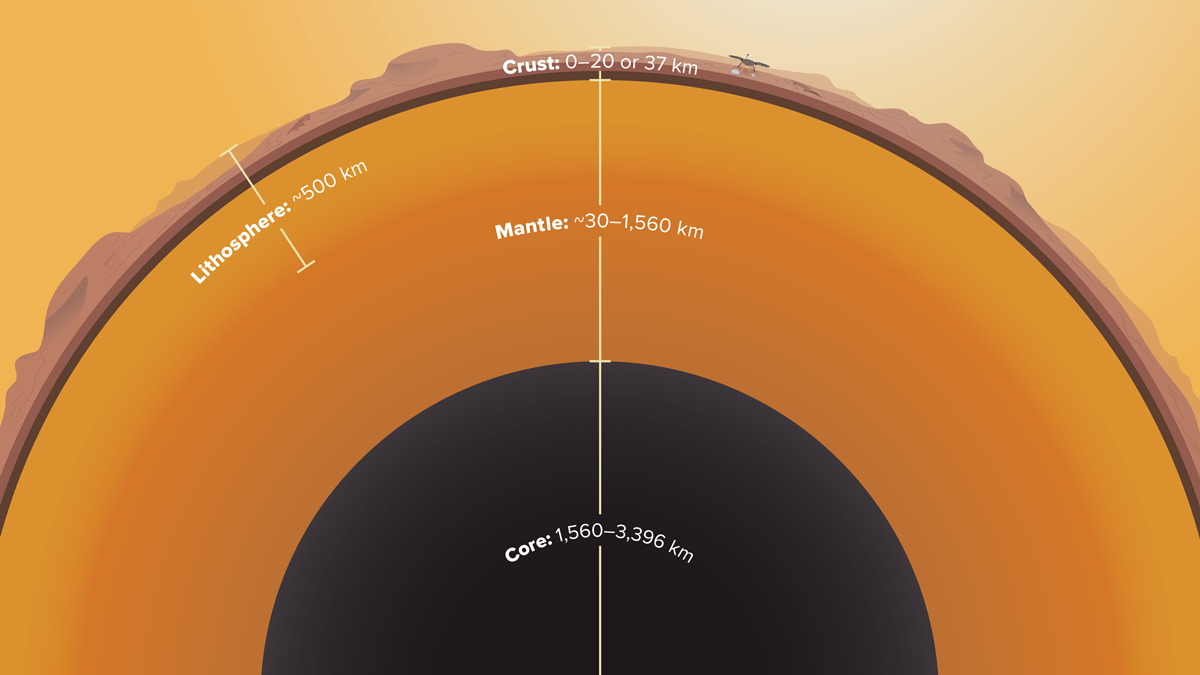
Now let’s talk about our favorite lander that works despite Mars’ attempts to prevent it from doing so: NASA’s InSight. This can-do lander has managed to insulate its seismometer and clear dust off its solar panels, and while the probe into the surface may not have worked, it’s pretty amazing what else the lander’s team has accomplished.
So far, that seismometer has detected over 700 marsquakes, and just as we use earthquakes here on Earth to understand the inner structure of our planet, scientists are doing the same with all those marsquakes. When a quake happens, the seismic waves travel from the hypocenter or focus where the rocks actually moved to the surface. Those waves also reflect and bend through the interior of the planet depending on the composition, and by monitoring for the different types of waveforms, we can determine the composition of the different layers and even how thick they are. As scientist Amir Khan explains: What we’re looking for is an echo. We’re detecting a direct sound—the quake—and then listening for an echo off a reflector deep underground.
With all these various quakes, scientists have determined that Mars has a crust that is thicker than Earth’s, relative to the size of the planet, and under that crust is a more fluid mantle, and below that is a liquid metal core. All in all, the red planet is similar to our own pale blue dot but smaller, and that’s kind of reassuring to me. I like knowing our rocky worlds follow a pattern. Next up, Venus!
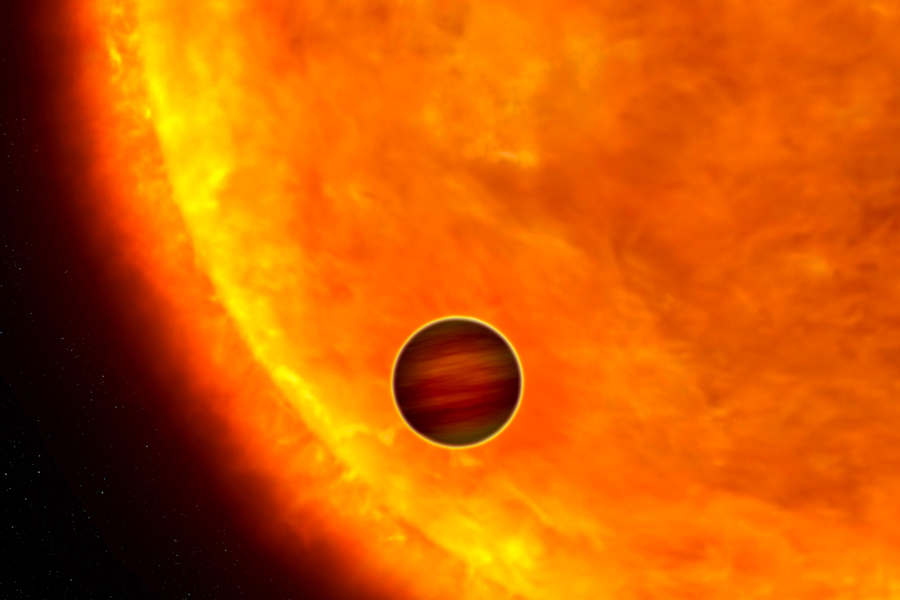
Speaking of hot worlds, a newly discovered exoplanet has provided an extreme case of an ultrahot Jupiter. Because we needed more ways to compare exoplanets to Jupiter, I guess.
Found using data from NASA’s TESS spacecraft and reported in The Astronomical Journal, exoplanet TOI-2109b has dayside temperatures estimated to be about 3,500 Kelvin or 3,200˚ Celsius. That makes this gas giant as hot as a small star and the second hottest planet ever discovered. The hottest exoplanet? Dr. Pamela’s favorite, KELT-9b, comes in at a vaporizing 4,300 degrees Celsius.
Of course, one of the defining characteristics of hot Jupiters is the length of their orbit, which is generally less than ten Earth-days because these worlds are incredibly close to their parent stars. TOI-2109b is no exception and in fact, has the shortest known orbit at just 16 Earth hours. Hours. Not days but hours. Oof. I cannot imagine the speed of the winds on that world. And in addition to being super fast, super close, and super hot, this gas giant is about five times the mass of Jupiter.
What’s really interesting about this particular planet is that astronomers think TOI-2109b is in the process of spiraling in toward its star. The orbit is decaying, and the already shortened orbit is accelerating the planet’s inward movement. Since that decay could be happening quickly, astronomers may be able to witness and study a little of the decay behavior in real-time. Lead author Ian Wong notes: In one or two years, if we are lucky, we may be able to detect how the planet moves closer to its star. In our lifetime we will not see the planet fall into its star. But give it another 10 million years, and this planet might not be there.
Okay, so we’re not going to watch a planet crash and burn, but still, that’s a pretty exciting discovery and observation to make. We’ll learn a lot from this ultrahot Jupiter, and we’ll bring it to you here on Daily Space.
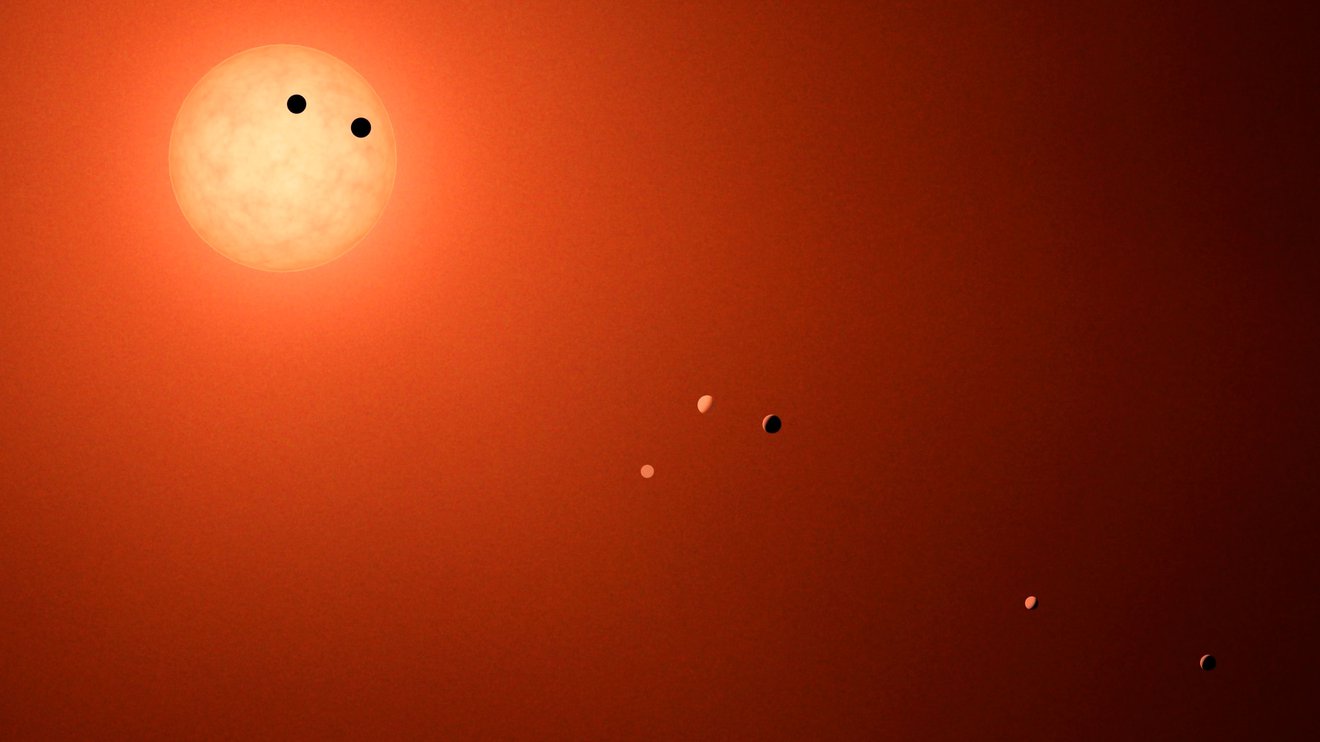
Not to be outdone by TESS, the Kepler mission continues to expand our exoplanet catalog by leaps and bounds. In a new paper in The Astrophysical Journal, scientists used a deep neural network called ExoMiner and NASA’s Supercomputer Pleiades to comb through Kepler and K2 mission data in an attempt to speed up the process of finding and confirming exoplanets.
Kepler and TESS both use the same method of detecting exoplanets — the transit method — where we measure the amount of light coming from a star and see if there are any dips in that light that could indicate the presence of an orbiting planet. There are a few issues with this method, and one of them is that false positives can appear due to another star or starspots or even dust. And looking at each star with a human eye is incredibly time-consuming. I know. I’ve done it.
And that’s where machine learning comes in. We can train a neural network to differentiate between an exoplanet and those false positives using data we have already processed. And with over 4,500 exoplanets in the Kepler data already validated, there is plenty of data to use for training. So that’s what programmers did in creating ExoMiner, and it seems to have worked brilliantly. As project lead Hamed Valizadegan said: ExoMiner is highly accurate and in some ways more reliable than both existing machine classifiers and the human experts it’s meant to emulate because of the biases that come with human labeling.
While none of these 301 new exoplanet discoveries are thought to be Earth-like or in their habitable zones, they do add to the growing mounds of data we can use for comparing exoplanet populations and systems. Congratulations to the Kepler and ExoMiner teams. We look forward to seeing what other discoveries you make.
Rocket Roundup
While everyone here in the United States was preparing for and enjoying our turkeys with all the trimmings and then sleeping off the after-effects of a big meal, all the rockets were launched. And we do mean all the rockets. At least, that’s how it felt to the Rocket Roundup team, who tried to cram nine launches into tomorrow’s script. To spare them some of the pain, we’ve taken a few of their stories for today.
As Annie says, let’s get to it, shall we?
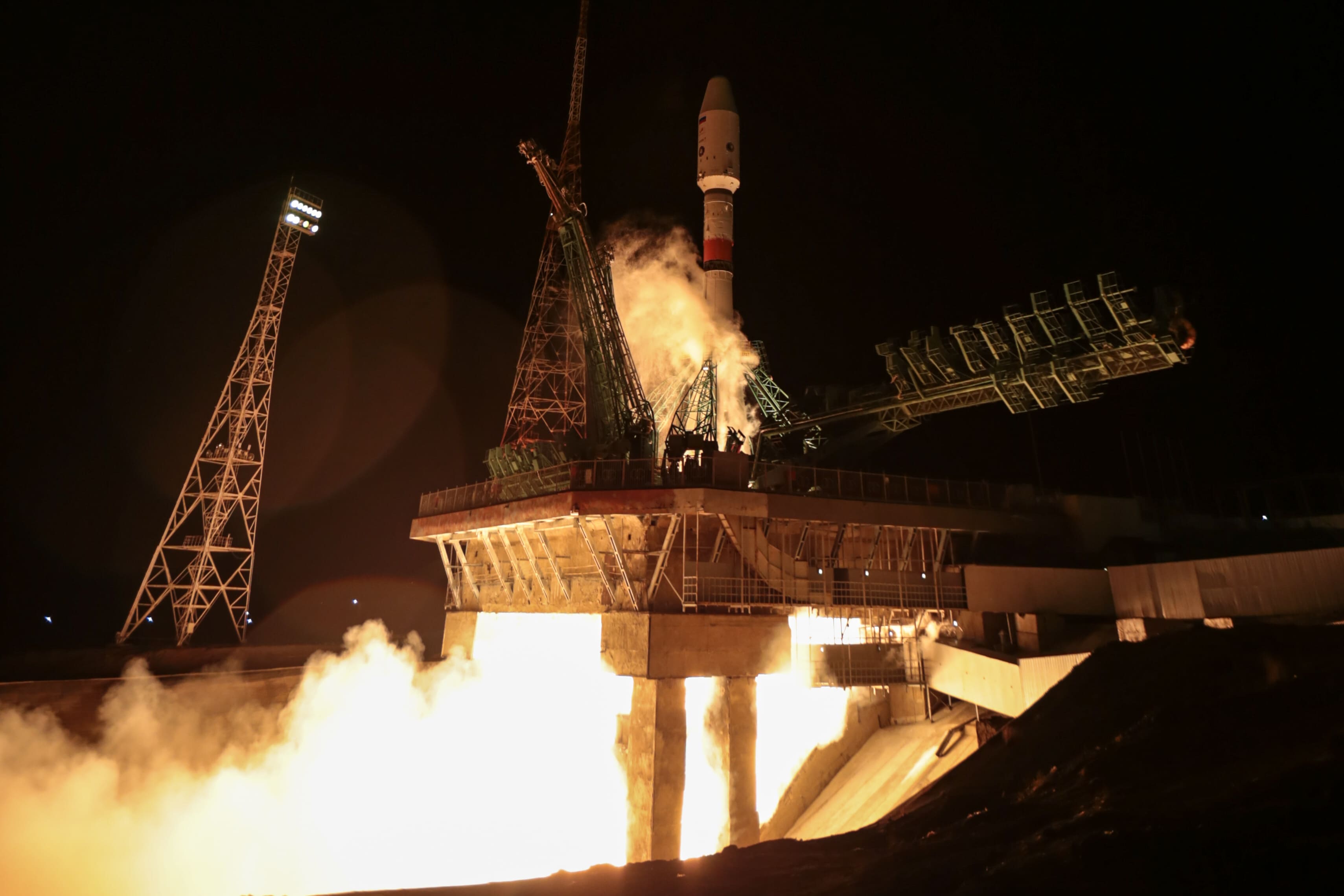
On November 24 at 13:06 UTC, a Soyuz 2.1B launched the Prichal module towards the International Space Station. Just over nine minutes after launch, Prichal separated from the third stage of the Soyuz rocket, deployed its solar panels and antennas, and began its two-day trip to the ISS.
Prichal launched attached to a modified Soyuz service module since it has no power or propulsion of its own. This is similar to the launches of the Pirs and Poisk modules last decade, though those smaller modules used the standard size fairing also used for launches of Progress resupply spacecraft. The entire spacecraft including the docking node and service module is called Progress M-UM and it will deliver 700 kilograms of supplies to the station inside Prichal.
After two days of catching up to the ISS, Prichal docked at the nadir port of the Nauka module.
Prichal, or “Berth”, brings with it five more docking ports to the Russian segment of the station, which will be used to dock Soyuz and Progress spacecraft and even additional modules. The latter is possible because Prichal is at the end of Nauka, and this is enough separation to not interfere with the rest of the station. Possibly two more modules will be added later in the 2020s, but the module will mostly be used to dock Soyuz spacecraft.
Russia doesn’t want Soyuzs to dock to the aft of Zvezda because its cracks mean that the hatch is closed most of the time. This is not good in the event of an emergency. The same reason is why Russia prefers not to dock Soyuz to the Poisk module since it is now an airlock. The Pirs module used to fulfill this role. If it’s depressurized during a spacewalk, the crew on the ISS cannot reach the Soyuz docked to it. So instead Soyuzs will dock at Prichal.
The Soyuz service module will undock from Prichal and deorbit itself later this month. We’ll also have the launch video in our show notes at DailySpace.org.
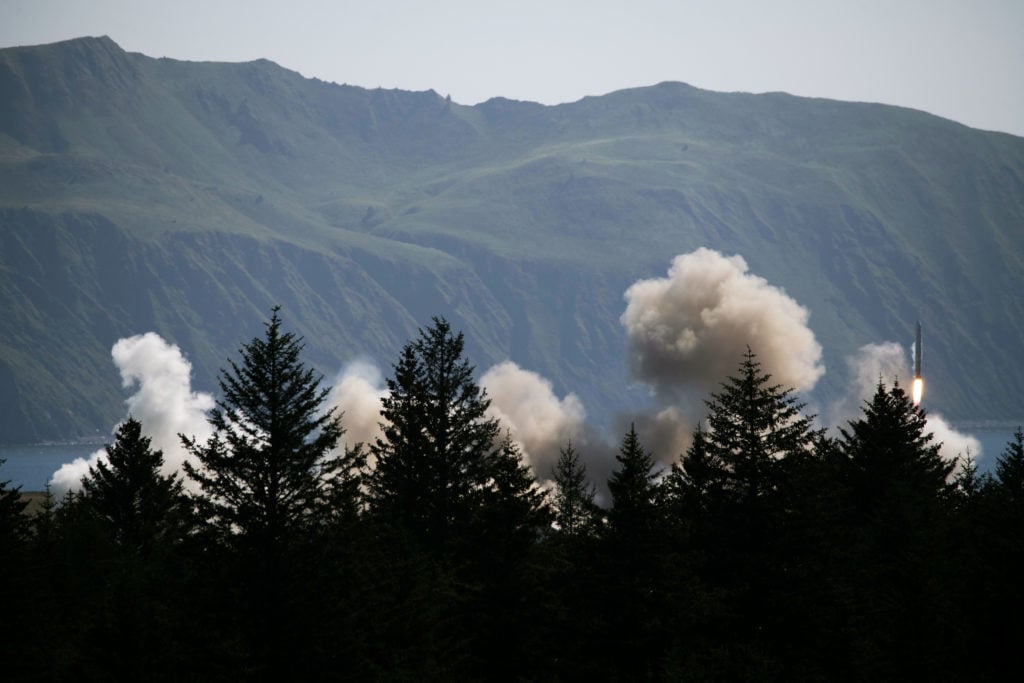
Elsewhere in rocket news, Astra recently talked about the cause of the failure of the rocket used in the previous mission, LV0006, at the end of this past August. As you may recall, the rocket ignited its engines, tipped over, and hovered sideways until it burned enough propellant to finally lift off.
That impressive launch was caused by leaking fuel and oxidizer that got trapped inside the rocket. Yes, there was literally a pool of both fuel and oxidizer — a dangerous combination — hidden from view inside the rocket. Not surprisingly, the mixture ignited upon liftoff which caused an explosion that severed a cable and shut down one of the five engines just one second after ignition. This left the rocket with just enough thrust to hover, and the offset thrust caused the rocket to tip before its guidance system corrected, and the rocket rose to space after burning enough fuel to be light enough to do so.
After the failure, Astra made a few design changes to prevent this from happening again. The propellant system was redesigned to eliminate the source of the leaks. The rocket’s ground system now has the fuel and oxidizer quick disconnects on opposite sides of the rocket to prevent any propellant that does leak from mixing. And the cover on the rocket that allowed the two propellants to pool and mix was removed.
You can hear about their successful orbital launch of LV0007, as well as all those other launches, tomorrow on Rocket Roundup.
This has been the Daily Space.
You can find more information on all our stories, including images, at DailySpace.org. As always, we’re here thanks to the donations of people like you. If you like our content, please consider joining our Patreon at Patreon.com/CosmoQuestX.
Credits
Written by Pamela Gay, Beth Johnson, and Erik Madaus
Hosted by Pamela Gay and Beth Johnson
Audio and Video Editing by Ally Pelphrey
Content Editing by Beth Johnson
Intro and Outro music by Kevin MacLeod, https://incompetech.com/music/


 We record most shows live, on Twitch. Follow us today to get alerts when we go live.
We record most shows live, on Twitch. Follow us today to get alerts when we go live.